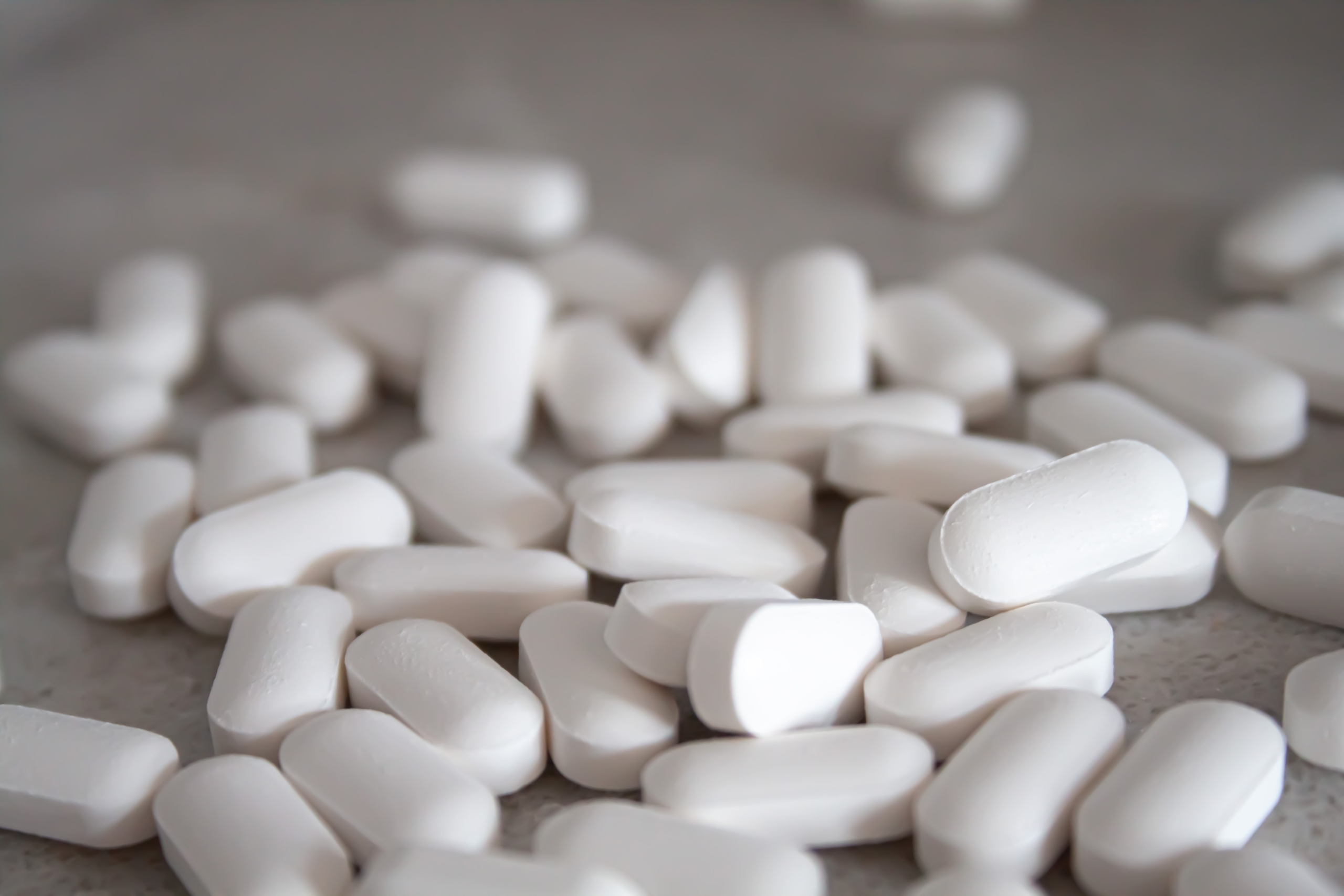As medical professionals, when we are assessing our patients, one of the most common questions that we ask, is “what medications are you taking?” A lot of medics think that we only need to know about prescriptions medications, but this is not true. We need to know all of the patient’s prescription medications, all of their over-the-counter medications, all supplements, vitamins, herbs, and even illicit drugs. We need this information, because taking multiple medications can have adverse reactions when they are combined, and a lot of meds contain the same ingredients, such as Tylenol.
Tylenol has become one of the most common medications that people overdose on, both on purpose and accidentally. A lot of people believe that other the counter medications are not harmful; I can walk into any Walmart, CVS, or Walgreens, pick up a bottle of Tylenol for just a few dollars without a prescription, so it must be ok for me. But people forget that Tylenol is still a drug, and it has a therapeutic dose. There are a lot of medications that contain Tylenol: cough medication, nasal decongestants, Excedrin, antacids, and more. Tylenol can be found in pills, syrups, and even creams. People also forget, or do not know, that Tylenol has another name, the generic name for it is Acetaminophen. Because it can be found in so many different medications, it can be easy to overdose on.
“Acetaminophen (Tylenol) is primarily metabolized by the liver. Too much acetaminophen can overwhelm the way the liver normally functions.” (Humana, 2022). “If the liver is already damaged because of infection, alcohol abuse, or other illness, a person may be more susceptible to damage from acetaminophen overdose. For this reason, people with liver illnesses or people who chronically consume large amounts of alcohol should be particularly careful when taking acetaminophen.” (Humana, 2022).
There are usually four phases that coincide with a Tylenol overdose.
The time frames for these phases are just a general guideline. Depending on the severity of the overdose, some people can go from phase 1 to 3 in a matter of hours. I once had a 10-year-old patient who purposefully took a Costco sized bottle of Tylenol in a suicide attempt. Within a couple hours he was well within phase 2. In less than five hours after the ingestion, he was experiencing complete liver failure and MODS, and he died less than 24 hours after the overdose. Treatment for a Tylenol overdose is limited. Because people do not experience symptoms during phase one, this allows time for the toxic dose to damage the liver, delaying any form of treatment for the patient. The only antidote is Mucomyst, also known as N-acetylcysteine. Most ambulances do not carry this medication, so treatment will again be delayed, which can lead to worsening symptoms and increasing the risk of liver failure and death.
(06/11/2022). Acetaminophen warnings. Humana. https://www.humana.com/pharmacy/medication-information/acetaminophen-overdose#:~:text=Signs%20of%20acetaminophen%20poisoning&text=0–24%20hours—The%20person,the%20patient%20may%20feel%20better.

